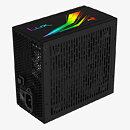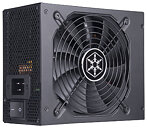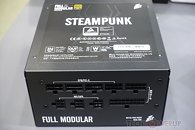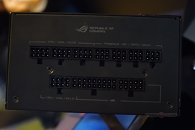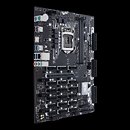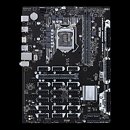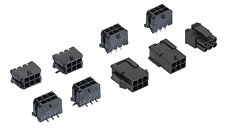
SilverStone Launches Updated HELA 2050R 2050 Watt Power Supply
Most of us are fortunate enough not to need a monster power supply in our PCs, but for those that do, SilverStone has launched an updated version of its 2050 Watt HELA 2050 power supply, simply named the HELA 2050R. It delivers no less than 170 Ampere on its 12 V rail and SilverStone claims a power density of 882 Watts per liter. The updated version comes with a pair of 12VHPWR connectors, with one modular cable with two GPU connectors and one modular cable with a single GPU connector.
The HELA 2050R is rather amazingly only 180 mm deep and in addition to the 12VHPWR connector it also has three standard 6+2 GPU connector with support for up to 14 GPU connectors, as well as support for up to 12 SATA drives, three Molex connectors, one floppy drive type connector and of course, the standard ATX and EPS power connectors. Note that the HELA 2050R is limited to 200-240 Volt input, as a standard 115 Volt outlet would be limited to 1650 Watt. No pricing was announced, but considering that the HELA 2050 is retailing for well over US$500, it's not expected that the 2050R will be any cheaper.
The HELA 2050R is rather amazingly only 180 mm deep and in addition to the 12VHPWR connector it also has three standard 6+2 GPU connector with support for up to 14 GPU connectors, as well as support for up to 12 SATA drives, three Molex connectors, one floppy drive type connector and of course, the standard ATX and EPS power connectors. Note that the HELA 2050R is limited to 200-240 Volt input, as a standard 115 Volt outlet would be limited to 1650 Watt. No pricing was announced, but considering that the HELA 2050 is retailing for well over US$500, it's not expected that the 2050R will be any cheaper.























